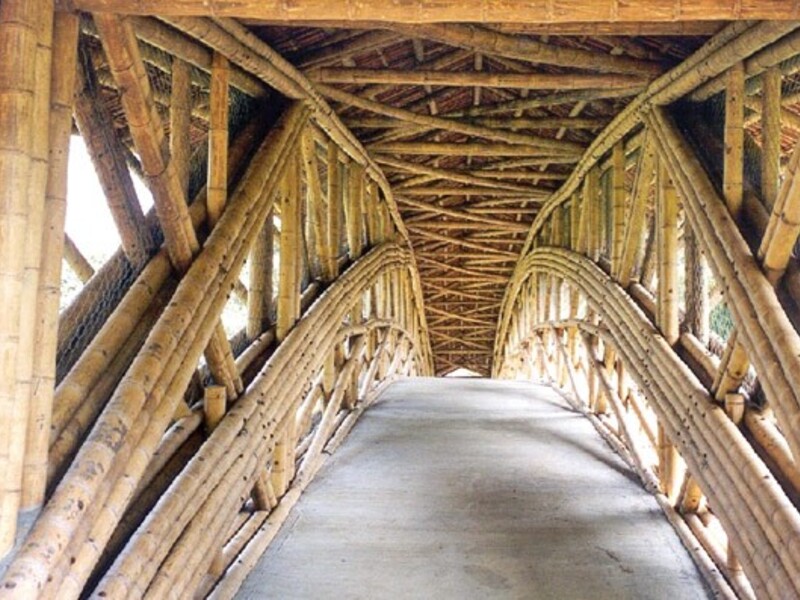
Article posted by
As dynamic processes, such as modular construction, sweep through New Zealand, it’s slightly less hard to imagine a built environment where there’s no such thing as wasted time, where all structures are energy efficient, all exteriors are self-regenerative. Architects are always looking for ways to change the way we build things in the future. Here we outline some futuristic construction methods that could one day be commonplace in our towns and cities.
Bamboo Cities
What if cities were built from pollution-sucking bamboo instead of steel? Architectural studio Penda are planning to build a city made from bamboo in China. If this idea was realised, the future would be a utopian heaven for architects eager to achieve sustainability, because bamboo acts as an air purifier by generating oxygen and absorbing carbon dioxide. It produces 35% more oxygen than other trees.
It’s much stronger than steel and automatically regrows when harvested. Bamboo would allow for timely construction as it’s easy to build and modify, and it can be dismantled and reused.
Penda envisions that structures would be made from interlocking bamboo rods and ropes. If there was a modular system that used bamboo, we could be seeing entirely modern, bamboo high-rises.
Living green walls
More urban space with green walls would represent a great step in reducing air pollution. The living green wall in Civic Square, Wellington is an example of how we can easily bring biodiversity to built-up areas. Green walls have risen in popularity in recent years, but they are yet to feature prominently in urban areas. They come with a huge range of benefits, including reducing the urban heat effect, which is caused by the little vegetation and great amounts of energy within cities, thus raising the temperature in comparison to rural areas. So, perhaps it’s time to incorporate more green into our grey cities.
Cardboard Homes
Building a house out of cardboard may seem like a bad idea, but this could become a viable option for the future - a prototype has already been successfully built. Named the Wikklehouse, Dutch architectural studio Fiction Factory managed to assemble a modular house, made completely from carboard all in one day. The home consists of interlocking cardboard segments, using breathable film and wooden cladding boards to waterproof the house. Also, it’s made from purely recyclable materials.The team behind the Wikklehouse say it has been designed to last for at least fifty years.
One of the best things about this type of construction is that it can be built anywhere, as the structure doesn’t need a foundation. Imagine being able to build a structure on any chosen site within twenty-four hours. Contractors could reduce build times drastically whilst welcoming the opportunity to build structures in a far greater variety of places.
Graphene Buildings
Graphene is being thought of as a miracle-like new material, because of its impressive mechanical properties. For example, it’s 600 times stronger than steel, yet much lighter. We could create super-strong buildings with a coating of graphene on steel. With that in mind, it could be used to strengthen materials, meaning designers would be able to create bigger and more ambitious structures in the future. It’s also a great conductor of both heat and electricity, so there is outstanding protentional for graphene to be used in construction. There is much research to be done on graphene, but the material presents great opportunities for architecture in the future.
We’re here if you need help defining a role or brief, specialist insight to help shape your ideas or expert help with your recruitment process. Just get in touch to arrange a conversation with one of the team or if you’re ready for us to find the perfect person for you, send us your brief.
If you’re looking for your ideal job send your CV to us to get started or search for the latest job vacancies and we’ll get the ball rolling.
Image Souces: